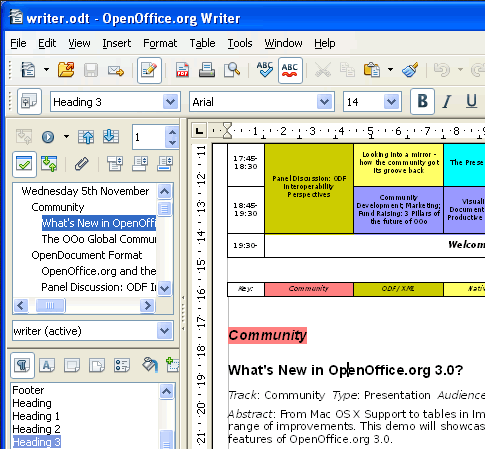
If you record a macro, you obtain a OOoBasic code which uses the dispatcher instead of direct UNO call. This is a very straightforward way but probably internationalization dependent. The first way we want to examine is the use of the dispatcher before using direct UNO calls in next section. Using the Dispatcher and recording Macros

You can find more explanations here (if you are not a beginner). I will generally add comments to prevent omissions. Remember each time you query for an interface you have to add code lines (if they don't exist) in the source code and a line in the makefile.

This code is called a bootstrap and uses : Listing 0b Again our starting main Code int main ( )


 0 kommentar(er)
0 kommentar(er)
